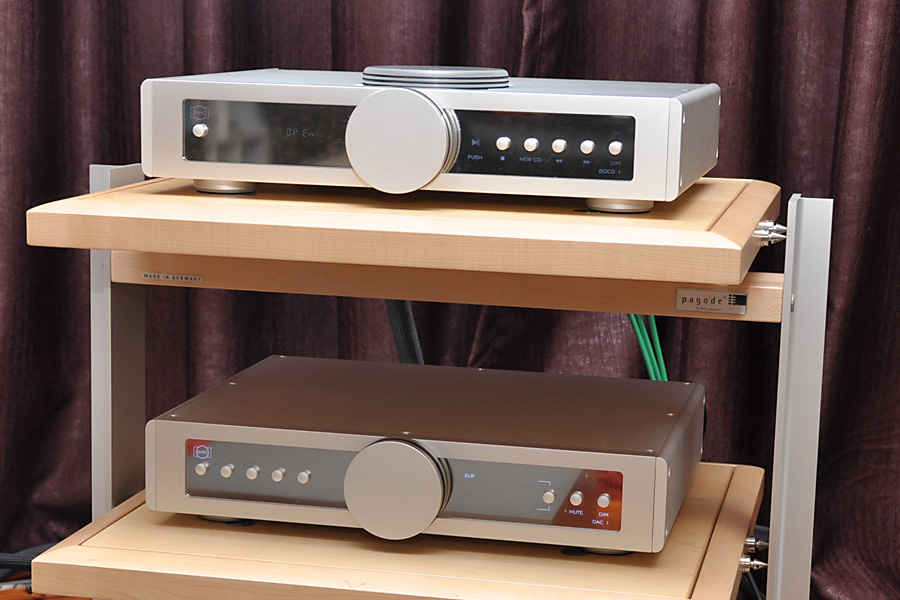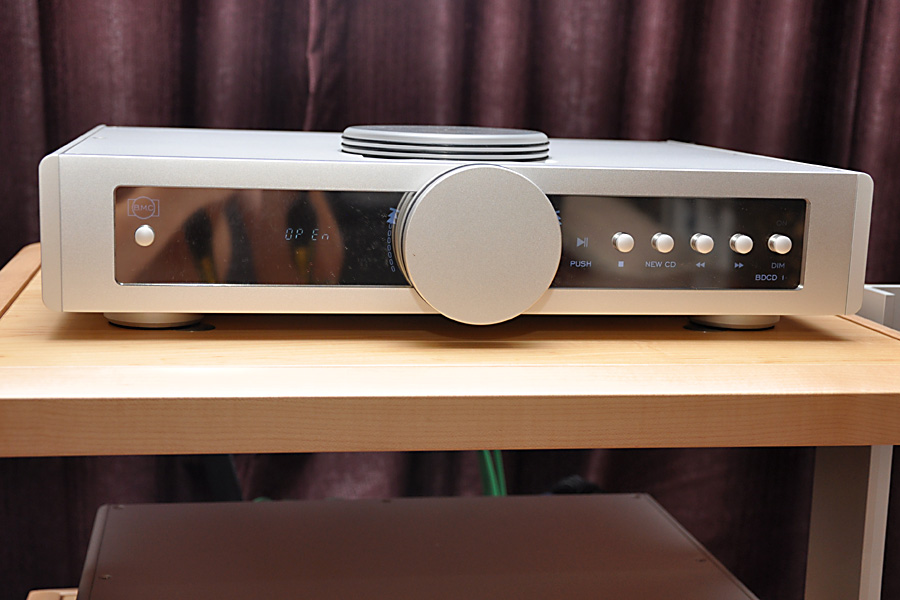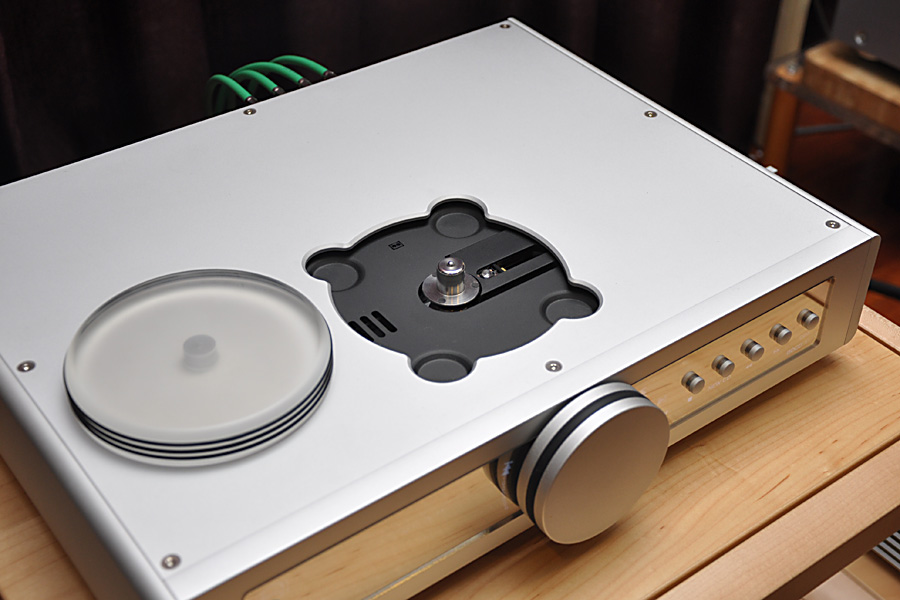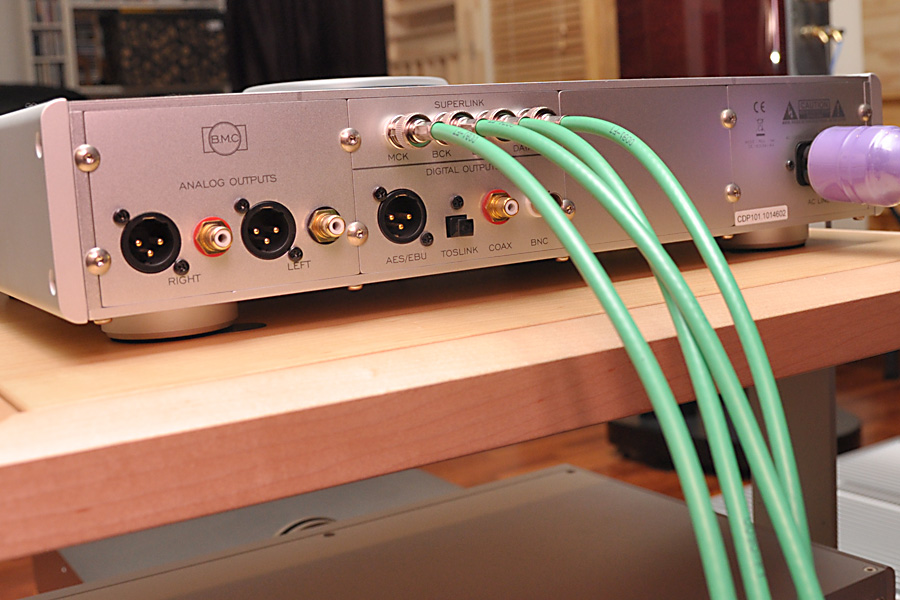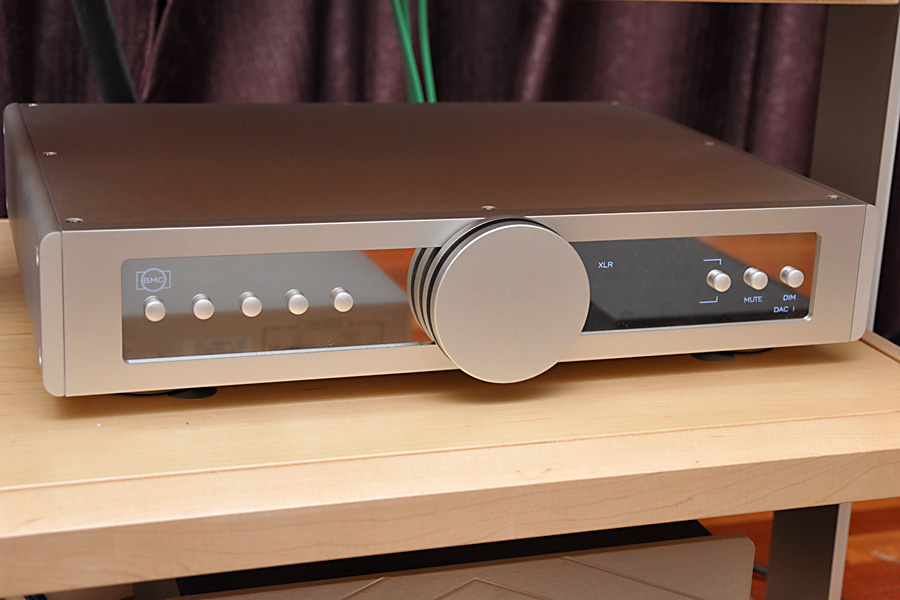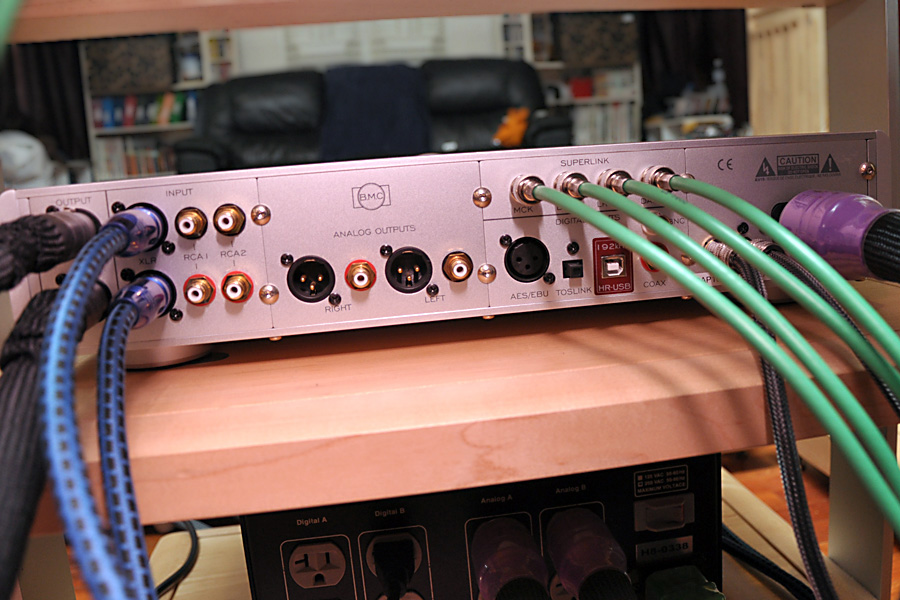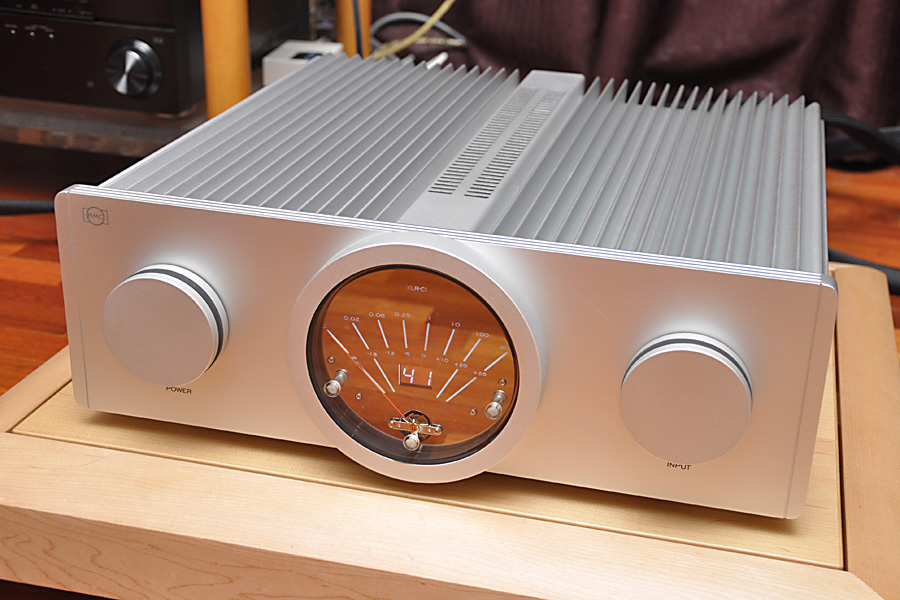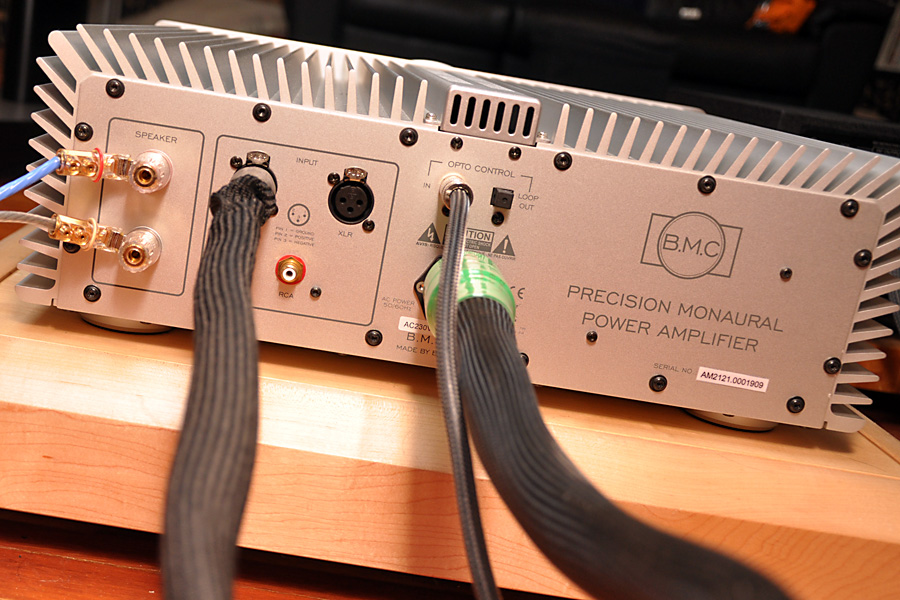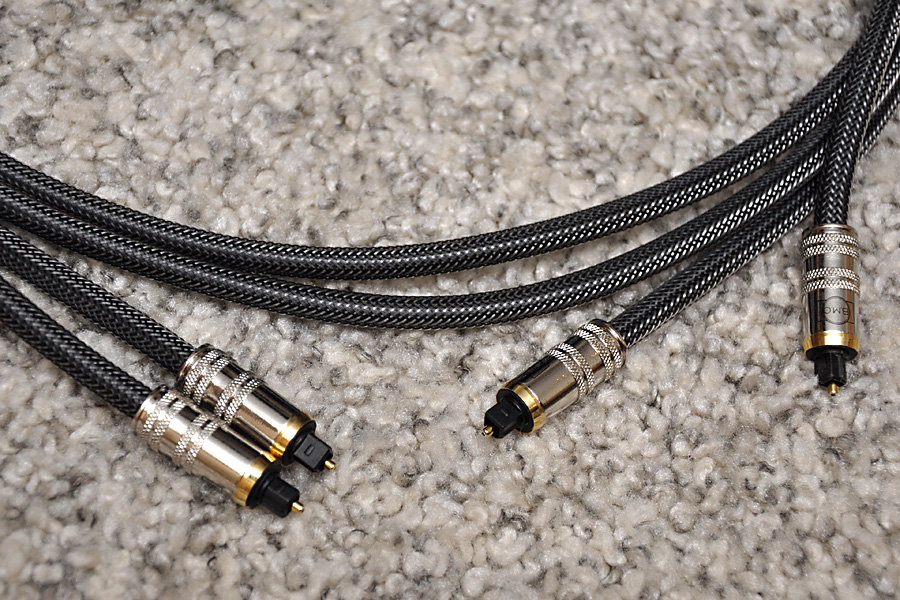Article by Tan TE
It is always exciting to discover a new hifi brand, especially one that performs great on first encounter. Thus it was, when I came across the complete B.M.C. Audio system in the 2013 KLIAV Show. The system put in such an impressive performance that I chose it as one of my Favourites of the Show. BMC is one of those relatively rare hifi companies that can do prroducts all the way from source to loudspeakers, including all the required cables in between (and BMC does have a rather unique cabling requirement in you go for the complete BMC system,which I shall come to later).
.
I was attracted to BMC not just by its good sound but by its good look and its innovative designs too. To hear the BMC design philosophy at its best, we decided to request from Dream Audio, BMC’s dealer in Petaling Jaya, the entire set of BMC’s electronics for a review. Unfortunately we could not include the BMC Arcadia loudspeakers due to weight consideration. Getting the two beautifully made but big and heavy Arcadia loudspeakers up to my listening room would require a mover service.
.
All the BMC components are quite a looker, futuristic with polished fronts and aluminum chassis, and retro with power meters on the amps. All of them are elegant in their proportions. The BMC BDCD1.1 belt drive CD player / transport, DAC1 DAC/preamp, and the M2 mono power amps replaced all my own components in my system accordingly.
.
There is a lot to cover, so my writeup on BMC will be presented as a 2 part series. Here, Part 1, the design and operational aspects of the components will be touched on. In Part 2, I’ll report on my listening experience.
.
B.M.C. stands for Balanced Music Concept. True to the name, their analogue circuit designs are balanced. I quote BMC, “All B.M.C. analogue circuitry is truly and consequently designed with a balanced signal path – a true Balanced Music Circuit…balanced designs have a natural rejection of common-mode power supply disturbances. This results in a remarkably improved “inner quietness” of the music reproduction. In consequence there is more space left for sound details, colours and 3-dimensional sound-stage”. BMC is based in Germany, while its manufacturing, like many others nowadays, is done in China.
.
Let’s start by looking at the BMC component one by one. The first is the BDCD1.1 CD Player / Transport.
.
.
The BDCD1.1 CD Player / Transport is BMC’s top dog digital frontend. Its transport is belt driven, definitely a novelty. BMC apparently aims to emulate the best in the turntable world, BMC says,”The highest grade analog record players share both a belt drive and high inertia. And not without reason, for this is the only way to create a turntable with perfectly smooth rotation and tranquillity. A patented belt drive with high inertia, in the form of an acrylic-stabilizer, applies this principle to B.M.C.’s BDCD1.1 CD Belt Drive Player/Transport”.
.
The BDCD1.1 is a top loading transport. To play a CD, you have to take off the chunky acrylic stabilizer, put in a CD, then replace the stabilizer on top. Press the ‘New CD’ button on the fascia and the player will initialize to read the CD’s TOC. After that you are good to go.
.
The BDCD1,1 top loading belt drive player/transport, with its chunky acrylic stabilizer at the side
The BDCD1.1 can be had with a built-in DAC, making it a full-fledged player, you can hook it to your preamp via its RCA or XLR analogue outputs as per the normal way.
.
However, it is when the BDCD1.1 is partnered with the BMC DAC1 DAC/preamp that another facet of the BMC’s design innovation is to be seen. BMC calls this the ‘Superlink’, its uncompromising digital interface. The conventional way of feeding digital signal from a transport to a DAC is via a piece of coax, toslink, or AES/EBU cable (incidentally, the BDCD1.1 has all these connection types), but in BMC’s Superlink scheme, 4 pieces of BNC cables are used instead. For each channel, a cable is used to transmit the digital audio signal and another for the clock signal, thus requiring 4 pieces of cables altogether for stereo.
.
Back of the BDCD1,1. Note from left, analogue fixed level RCA and XLR outputs, Superlink outputs hooked up with BNC cables, various digital outputs (below the Superlink)
.
Next, we come to the BMC DAC1. The DAC1 DAC/Preamp matches the BDCD1.1 cosmetically, technical design-wise they also go hand-in-hand. This is a very versatile piece of hardware. It has all types of digital inputs to link your digital sources to, it also comes with an asynchronous USB input port for those who are into computer audio.
.
.
The DAC1 can act as a standalone DAC for you to hook up to your preamp if you so choose, but you may not want to do that as you can save cost and rack space by using the pre-amp function that comes with the DAC1. In which case the DAC1 will drive your power amp directly. The DAC1 also comes 3 pairs of analogue inputs (1 XLR, 2 RCA), sufficient for most purposes as a preamp.
.
The raison d’etre of the DAC1 however is to act as the centre of control for a complete BMC electronic chain, in which case all the technical innovations of BMC will come into play. The DAC1 receives the digital stream from the BDCD1,1 via the 4-cable Superlink, does the DA conversion inside, then send the analogue signal to the BMC M2 monoblocks, utilizing BMC’s Balanced Current Injection (CI) and DIGM (Discrete Intelligent Gain Management) features.
.
In a normal pre-amp, the analogue signal is usually attenuated (though in rare occasions, a preamp can add gain to the signal) to the desired volume level before being sent to the power amp, which then boost the signal up again by a fixed amount of gain to drive the loudspeakers. BMC does away with this attenuate-then-gain arrangement, thus possibly eliminating a potential area of signal loss. The Balanced Current Injection (CI) method takes the full analogue output from the DAC and send it to the M2 monoblocks.
.
Back of the DAC1. From left, XLR preamp output, analogue inputs, fixed level DAC outputs, Superlink inputs and various digital inputs
.
To adjust the volume to the level eventually heard from the loudspeakers, that is where Discrete Intelligent Gain Management (DIGM) comes in. The DAC1 is connected to the M2 with another pair of fibre optic cables. Each of these cables carries the volume setting, as determined in the DAC1’s preamp function, and it is this signal that M2 monoblocks use to adjust their internal gain level accordingly.
.
The BMC M2 monoblocks are beautiful pieces of hifi. Its fascia is dominated by a back-lit output powe meter. There are heatsinks surrounding its top and sides. It is heavy, coming at 40kg per piece. The BMC M2 is rated at 200w/8ohm and 380w/4ohm.
.
.
Like the other BMC pieces, the M2 can be used as a conventional monoblock with a fixed gain, for this a RCA and an XLR input is provided. The owner can hook it up to any preamp with a normal volume control function.
.
When it is mated to the DAC1 though, the XLR-CI connection will be used, together with the opto-control port with the fibre optic cable. The volume setting is sent from DAC1 via the fibre optic cable to the M2 to set the internal gain. A total of 66 steps of 1db gain setting is available.
.
Back of the M2. Note the fibre optic connection above the powercord for the DIGM function
.
The fibre optic cable for DIGM
.
The M2 monoblocks comes with a fully regulated power supply with a 2kW toroidal transformer. BMC says that its “Load-Effect Free (LEF)” output stage avoids any distortion before it occurs by relieving the sound-critical single-ended Class-A transistor of all duties other than providing perfect signal reproduction. A LEF amplifier handles a speaker’s current demand separately from the voltage demand, and produces better sound quality.
.
In the next installment on BMC, I will share my experience living with these BMC beauties.
Please contact Ah Chee of Audio Art at Ipoh, Tel No. 012-5201066 or Mr Ng of Dream Audio, located at Petaling Jaya, Tel No.012-3111959 for appointments or enquiry.

